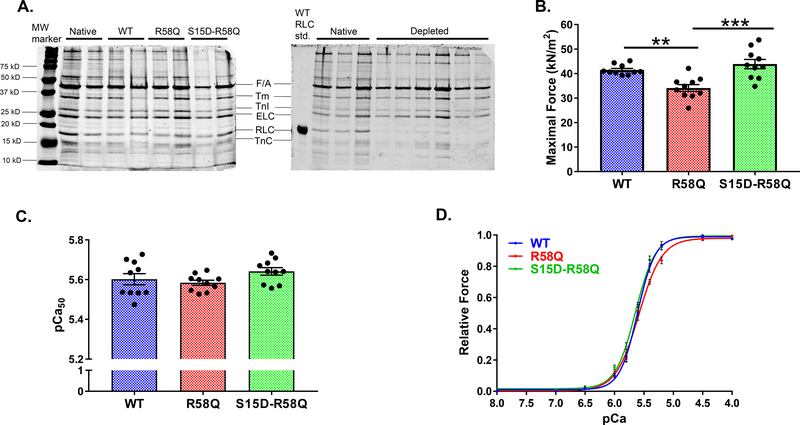Figure 3. Measurements of steady-state force in skinned porcine PM strips.
A. Representative SDS–PAGE of WT, R58Q and S15D-R58Q reconstituted fibers (left), native and CDTA/Triton RLC-depleted porcine papillary muscle strips (right). B. Maximal tension at pCa4. C. Ca2+-sensitivity of force development. D. Effect of pseudo-phosphorylation on force-pCa. Porcine PM strips were reconstituted with the recombinant RLC constructs: WT, R58Q and S15D-R58Q. Significantly depressed maximal force with no changes in Ca2+-sensitivity of force was observed for R58Q-reconstituted fibers compared with WT. Reconstitution with S15D-R58Q increased maximal tension to the level observed for WT fibers. Data are the average ± SEM of n = 10 fibers per group. **p<0.01 (R58Q versus WT), †††p<0.001 (S15D-R58Q versus R58Q) by one-way ANOVA with Tukey’s multiple comparison test.

